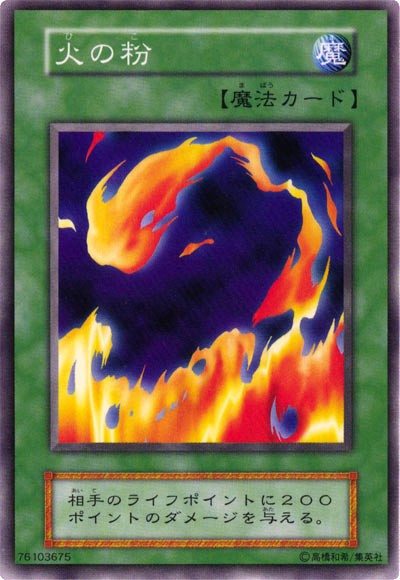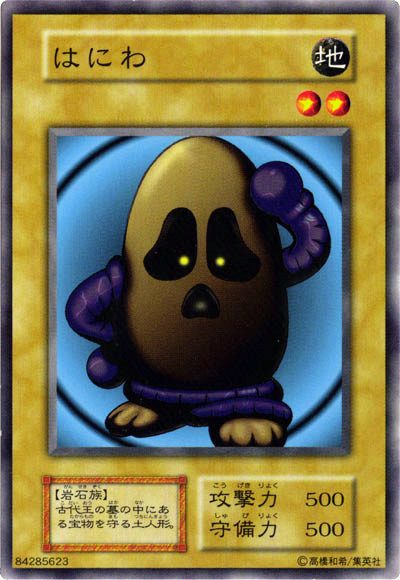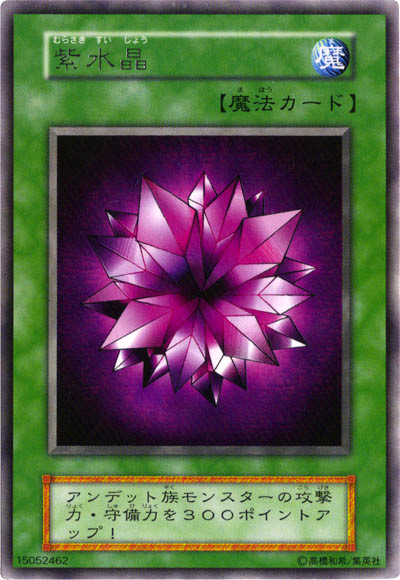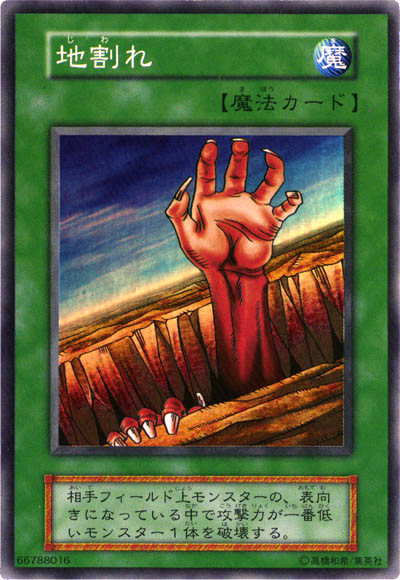Spells, Traps, and Rarities Oh My! (Series 1 Card Layout Part 2)
We began covering the cards through the more detailed monster cards. Today, we'll be finishing the rest of the Yu-Gi-Oh! card pool and the basic foundation of rarities in the card game.
MAGIC AND TRAP CARDS have similar designs to one another in Series 1.
NAME MAGIC (
MAGIC CARD (
IMAGE
Card effect
PASSWORD COPYRIGHT
NAME TRAP (
TRAP CARD (
IMAGE
Card effect
PASSWORD COPYRIGHT
As you can see, Magic (TCG: Spell) and Trap cards were made distinct from each other. Magics were color-coded green while Traps were color-coded Pink. However, one of the major weaknesses of the Series 1 was the failure to create major distinction between the different kinds of Magics and Traps. Which Spells stayed on field after resolution and which ones didn't? Yes you put a self-destruction effect on Trap Hole, but why put down the extra kanji when you could have simplified it instead? While it wasn't a major issue, it would prove annoying enough to have to fix in Series 2.
RARITY
One would think that RARITY (レアリティ Reariti) would mean how rare or scarce a card is in the game. However, that is not 100% the case. In the case of Yu-Gi-Oh!, rarity denotes how a card is made and processed instead of how scarce it is. This is especially true in the OCG which regularly gave away high raritiy cards with certain products such as books and video games. At the beginning of the OCG, these were the rarities in the game:
COMMON (ノーマル Nōmaru "Normal")
- Black names for monsters/white names for Magic/Traps.
- No holofoil on name or image.
RARE (レア Rea)
- Also called (字レア、字キラ、文字銀、銀文字レア) to distinguish from (レアカード Reakādo) which is used to describe valuable cards that are out of print or promos.
- Letters are silver holofoil or blackfoil
- Image is not holofoil.
SUPER RARE (スーパーレア Sūpā Rea)
- No Holofoil card name
- Holofoil image
ULTRA RARE (ウルトラレア Urutora Rea)
- Card names normally stamped in gold foil, sometimes red.
- Holofoil image
With this in mind, you can see the origins of how the rarity process came to be and how consistent it's been for the past 23 years.
CONCLUSION
Thank you for your patience. The last few posts have been foundational in understanding the content that we're about to cover. Without this, the first three months of the OCG don't make too much sense. Please come with me as we see the world of Yu-Gi-Oh! in its earliest days!







Comments
Post a Comment